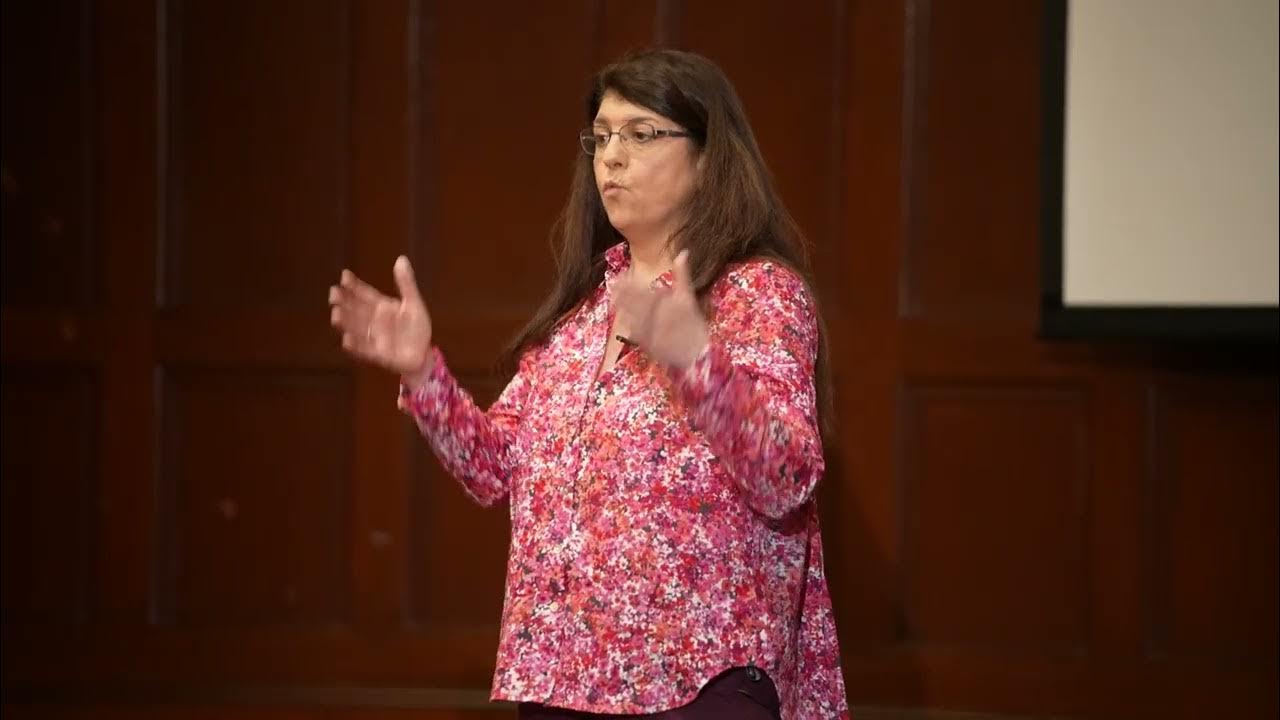Benefits of Mindfulness
Summary
TLDRThis video explores the concept of mindfulness and its benefits in schools, highlighting research and programs like Mindfulness-Based Stress Reduction and MindUP. Mindfulness, as defined by Dr. John Kabat-Zinn, involves paying purposeful attention to the present moment without judgment. The video discusses how integrating mindfulness practices in schools leads to better academic performance, reduced conflict, and improved emotional regulation. Programs like MindUP and California's mindfulness initiatives have shown significant positive results, especially in students with ADHD, anxiety, and depression. With a focus on self-awareness, compassion, and emotional balance, mindfulness provides teachers and students with tools for a healthier, more productive learning environment.
Takeaways
- 😀 Mindfulness is defined as paying purposeful, non-judgmental attention to the present moment, as explained by Dr. John Kabat-Zinn.
- 😀 Integrating mindfulness into schools has been shown to improve standardized test scores, reduce classroom conflict, and increase student happiness.
- 😀 Both students and teachers benefit from mindfulness practices, leading to a more focused, compassionate, and attentive environment.
- 😀 Mindfulness practices like meditation, yoga, and self-awareness exercises help manage chaotic classroom environments and foster positive student outcomes.
- 😀 Rising teenage anxiety and depression make mindfulness even more crucial in school systems, particularly for students from socio-economically disadvantaged backgrounds.
- 😀 Programs like Inner Kids, Mindful Schools, and Still Quiet Place in California have successfully incorporated mindfulness into educational settings.
- 😀 Mindful programs such as MindUP in Canada focus on helping children with ADHD, anxiety, and depression through relaxation and meditation techniques.
- 😀 Research into mindfulness programs consistently shows positive outcomes, such as improved attention, academic performance, and emotional regulation.
- 😀 The University of British Columbia found significant improvements in students' emotional regulation, outlook, and math grades after participating in MindUP programs.
- 😀 Despite the proven benefits, mindfulness is still underutilized in schools, raising questions about its slow adoption despite clear positive impacts.
Q & A
What is mindfulness, according to Dr. John Kabat-Zinn?
-Mindfulness is defined as paying attention on purpose, in the present moment, and non-judgmentally to the unfolding experience moment to moment.
How can mindfulness be applied in schools?
-Research shows that integrating mindfulness in schools can lead to improved standardized test scores, reduced conflict in class, and higher student happiness ratings.
What benefits does mindfulness offer to teachers?
-Mindfulness helps teachers become more attentive, focused, non-reactive, and caring. It can also improve classroom environments through exercises like yoga, self-awareness practices, and meditation.
Why is mindfulness particularly important for children in socioeconomically distressed areas?
-Mindfulness can be especially beneficial for children in such areas because it helps manage stress, improves emotional regulation, and provides support for those lacking strong parental figures.
What is California's role in integrating mindfulness in education?
-California has several programs, such as Inner Kids, Mindful Schools, and Still Quiet Place, that teach meditation and mindfulness to educators and students, leading to positive changes in the learning environment.
What is the Inner Kids program based on, and what are its benefits?
-The Inner Kids program is based on author S. Greenland’s work, which emphasizes breathing and self-awareness for character development. It has been shown to improve attention, academics, and stress reduction.
How does the MindUp program help students, and what research supports its effectiveness?
-MindUp helps students with ADHD, anxiety, depression, and other mental health issues. Research shows it improves academic productivity, reduces behavior issues, and increases compassion, empathy, and kindness among students.
What improvements did the University of British Columbia observe with the MindUp program?
-The University of British Columbia found a 82% increase in positive outlooks among students and a 15% increase in math grades, with teachers reporting a positive shift in classroom dynamics.
How does mindfulness affect emotional regulation in students?
-Mindfulness helps students regulate their emotions by reducing stress and increasing their ability to focus and self-soothe. This leads to fewer behavior issues and better overall mental well-being.
Why is it concerning that mindfulness is not widely used in schools, despite its benefits?
-Given the positive outcomes seen in research and programs like MindUp and Inner Kids, it's concerning that mindfulness isn't more widely integrated into schools, especially considering its potential to improve academic performance, mental health, and classroom environments.
Outlines

This section is available to paid users only. Please upgrade to access this part.
Upgrade NowMindmap

This section is available to paid users only. Please upgrade to access this part.
Upgrade NowKeywords

This section is available to paid users only. Please upgrade to access this part.
Upgrade NowHighlights

This section is available to paid users only. Please upgrade to access this part.
Upgrade NowTranscripts

This section is available to paid users only. Please upgrade to access this part.
Upgrade NowBrowse More Related Video

Overview of Hölzel et al. | The Biological Approach | A Level Psychology 9990

【落合陽一】禅・マインドフルネスを考える(過去回セレクション・期間限定ダイジェスト)

Coltivare la Mindfulness tra i professionisti della salute | Roberto Ferrari

Mindfulness, What is it really? | Marie Ficociello | TEDxMcphs

Elevate Your Security Awareness Program: Harnessing the Power of Mindfulness

A simple way to break a bad habit | Judson Brewer | TED
5.0 / 5 (0 votes)